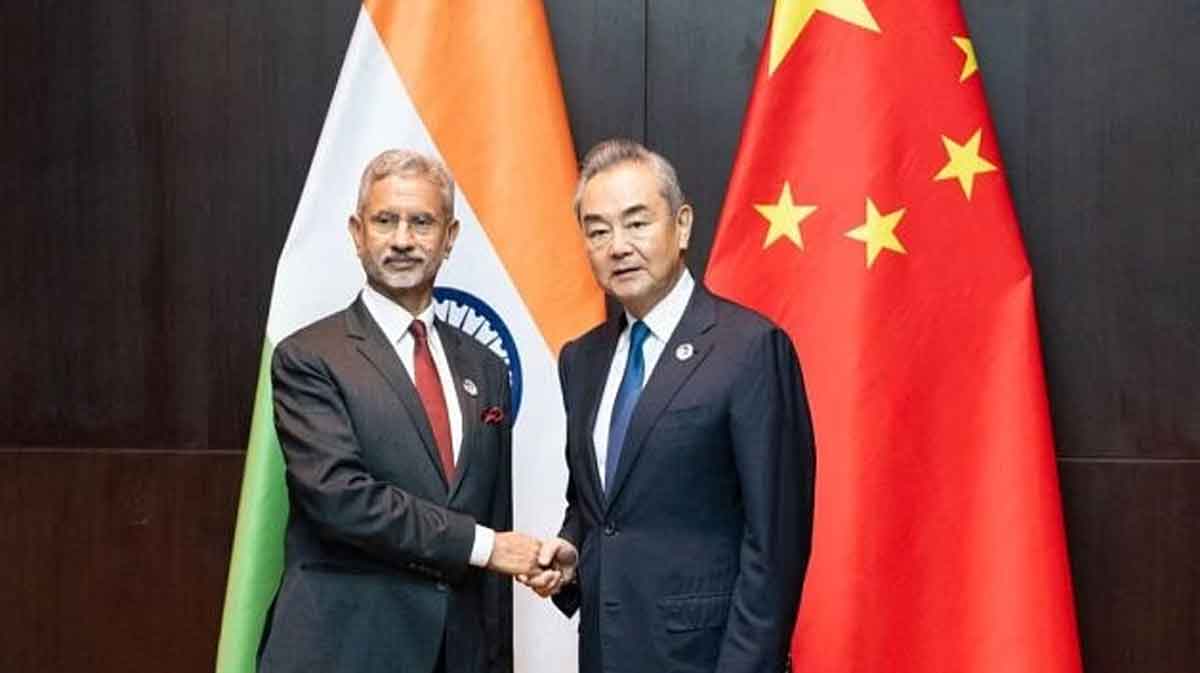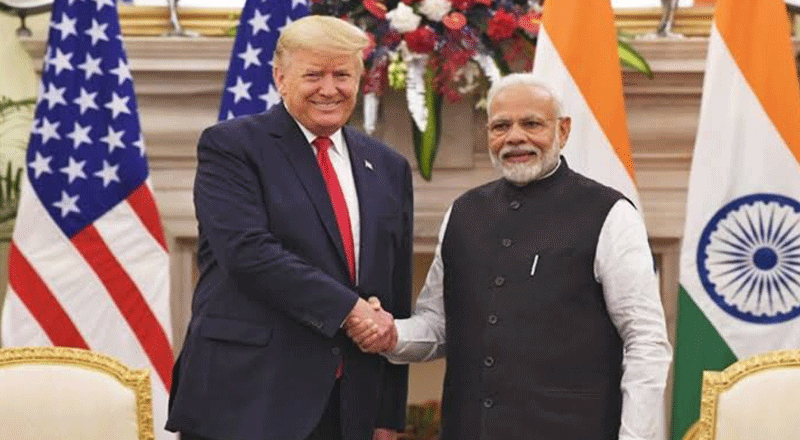Indo-China Tensions and the Border Dispute
India and China, two neighboring giants with nuclear capabilities, have long-standing issues over their Himalayan border. Tensions escalated in 2020 when a violent clash in the Galwan Valley resulted in the deaths of 20 Indian and four Chinese soldiers. This event marked a turning point in their relationship, leading to a military stand-off that lasted for four years. The border dispute, rooted in the lack of a clearly demarcated boundary, has often fueled hostilities, impacting diplomatic and economic relations between the two nations.
No Direct Flights Since 2020
One of the significant outcomes of the strained Indo-China relations has been the suspension of direct flights between the two countries. For four years, there have been no direct passenger flights, causing inconvenience for businesses and travellers alike. China has been urging India to resume these flights, and discussions have taken place, with India’s aviation minister recently indicating that early resumption might be on the horizon. However, the decision remains pending, reflecting the lingering tension between the two nations.
Stricter Visa Rules for Chinese Technicians
In the wake of the 2020 border clashes, India tightened visa rules for Chinese citizens, particularly for specialized engineers and technicians working with Indian manufacturing firms. This move resulted in production losses for key industries that relied on Chinese expertise. As the industries raised concerns, India has now started expediting visa processing for Chinese technicians, attempting to balance national security concerns with economic needs.
New Investment Vetting Rules
In an effort to safeguard its economy from potential takeovers by Chinese firms, India introduced stricter regulations on investments from neighboring countries in 2020. This extra layer of scrutiny, seen as a direct response to China, led to billions of dollars in investment proposals being delayed or blocked. Notable examples include stalled investments by Chinese companies like BYD and Great Wall Motor, which had planned large-scale ventures in India. These restrictions remain in place, significantly curbing Chinese influence in India’s economic landscape.
Ban on Chinese Mobile Apps
Citing concerns over data privacy and security, India banned nearly 300 Chinese mobile apps, including popular ones like PUBG, a game backed by China’s Tencent. The ban is one of the most visible steps India has taken to reduce Chinese digital influence. These apps were accused of jeopardizing user data and potentially sharing sensitive information with Chinese authorities, prompting India to take a firm stand on protecting its cyber domain.
Freezing Chinese Company Assets
India has also targeted Chinese firms operating in the country. Authorities froze over $600 million in assets belonging to Xiaomi, accusing the company of illegal remittances and violating local laws. Similarly, Chinese smartphone manufacturer Vivo faced accusations of visa violations and financial misconduct. Both companies have denied any wrongdoing, but India’s actions reflect a broader strategy to limit Chinese corporate influence in its markets.
In response to the border clashes, these measures have reshaped Indo-China relations, highlighting India’s resolve to protect its national interests across diplomatic, economic, and technological sectors.
(With inputs from agencies)





